What are Your Best Options for Getting a New Roof?
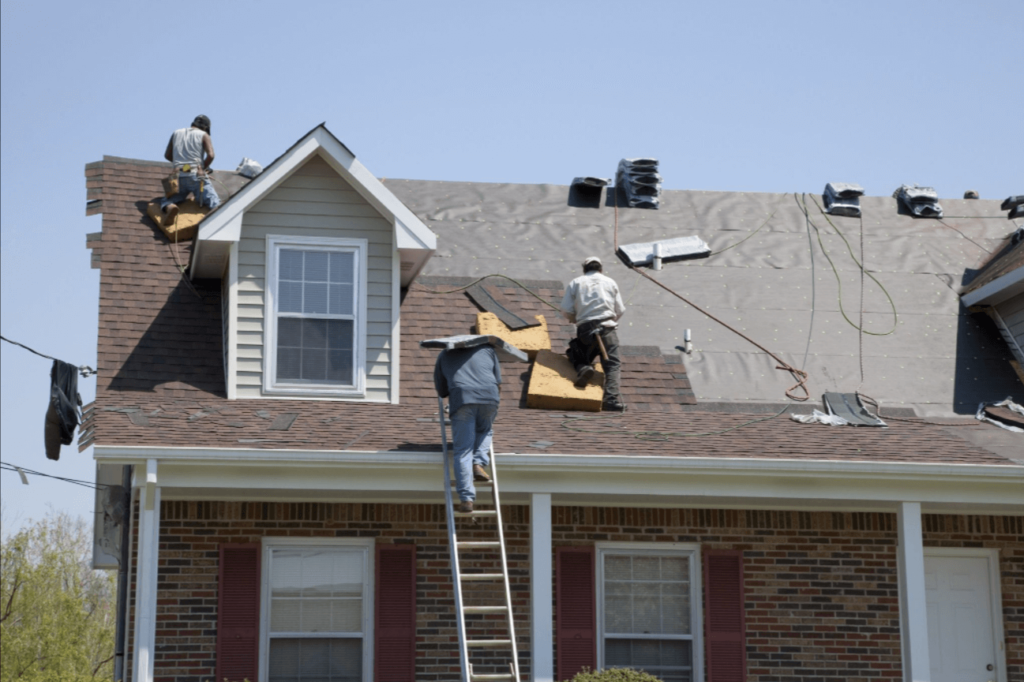
A new roof can not only change the way your house looks, but it can also make the indoors a safer, healthier place to live in. Not to mention the fact that modern roofs provide much better insulation, at least in comparison to a leaky, water-damaged roof anyway. Before you call in the roofers and get started though, just take a quick look through your best options first.
Asphalt Shingles
Asphalt shingles come in all colors these days and offer more patterns, designs, and even textures than you might be familiar with. In case you would like an old-school asphalt roof in dark grey or black rectangular tiles, that too can be easily arranged. However, the classic tab cuts actually shorten the roof’s life because they will catch and nest all kinds of debris inside. Instead, invest a bit more money in irregular asphalt shingles that do not have any gaps for insects, water, and debris to reside in. Also, there should be at least two layers of shingles on your new roof for it to last.
Thermoplastic Olefin (TPO) Roofing
If you are looking for a new roof with high energy efficiency, then a single ply, thermoplastic olefin (TPO) roof is probably going to be your best option. They are unmatched in their energy efficiency ratings, because of the incredible insulation which they provide. TPO is also the most resistant plastic membrane used in roofing, when it comes to water damage, mold, dirt, leaks, tears, frost, heat, and UV radiation, earning them the nickname of “cool roof.”
The only issue with TPO roofing is that it must be laid down by properly trained roofers, and only works on flat roofs. Speak to a reputable Webster roofing contractor like Wildwood Roofing & Construction, as they will be familiar with TPO roofing installations. Give them a call to first have your home inspected for a proper estimation and suggestion.
Tiled Roofs (Clay)
Tiled roofs last a long time with some regular maintenance, and they look beautiful. Understand that they are going to be expensive, but we are discussing at least a century of solid roofing here! Keep in mind that you want the tiles to be made out of clay and not concrete.
Concrete tile roofs can last up to 50-years or more and they cost a lot less. That being said, they cannot be compared to clay tiles in terms of quality, design, insulation, or longevity. The main advantage of clay roofs is that a broken/cracked tile can easily be replaced with a new one, without letting it affect the integrity of the entire roof; something that almost no other roofing material can offer.
Cracked shingles, frequent leaks, poor insulation, damp marks on the roof, musty smells, hot and cold spots, etc. are all signs of a damaged roof. While you may not always need to replace your entire roof, short of a full inspection, it would be hard to decipher that on your own. However, the faster you act, the higher are your chances of not having to replace the entire roof, thus lowering expenses.

 Benefits of Using Quality Drawer Channels in Modular Kitchens
Benefits of Using Quality Drawer Channels in Modular Kitchens  Choosing the Right Digital Rim Lock for Your Flat or Villa
Choosing the Right Digital Rim Lock for Your Flat or Villa 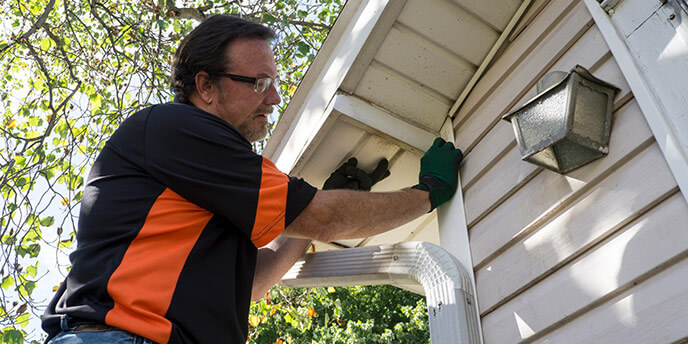 Restoring Integrity: Hamilton Siding Repair Experts
Restoring Integrity: Hamilton Siding Repair Experts 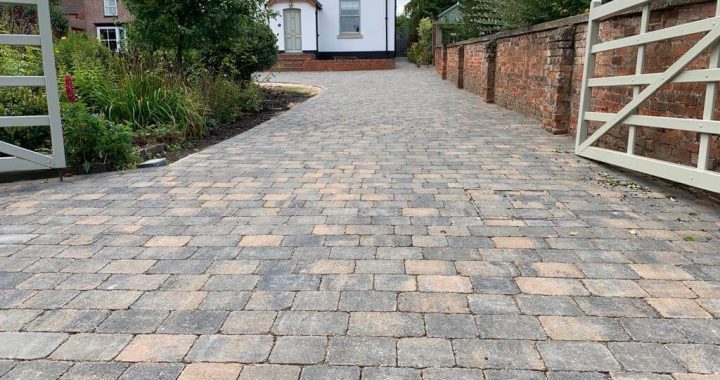 The Unique Landscape of Commercial Paving in Cambridge
The Unique Landscape of Commercial Paving in Cambridge 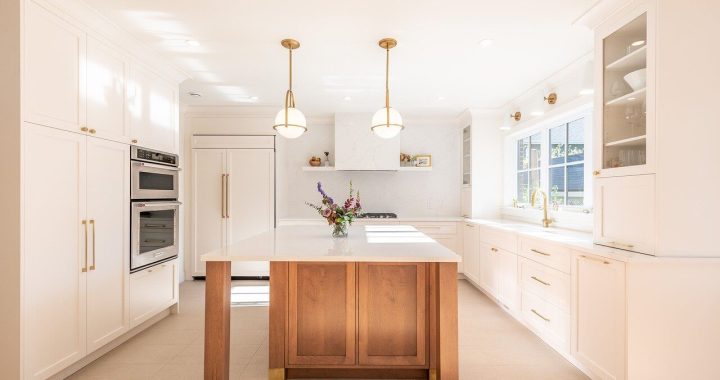 Burlington Kitchen Renovation: Blending Heritage and Innovation
Burlington Kitchen Renovation: Blending Heritage and Innovation 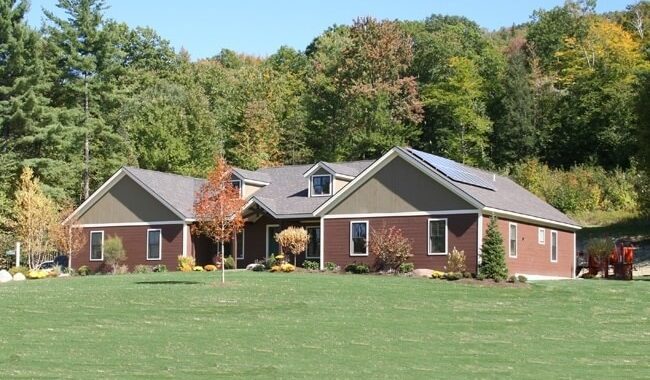 5 Smart Tips to Use During Your Home Makeover Project
5 Smart Tips to Use During Your Home Makeover Project  Mastering Mandarin in the North: Your Trusted Tuition Centre in Woodlands
Mastering Mandarin in the North: Your Trusted Tuition Centre in Woodlands  From SEO to GEO: Why GPT-5.1 Makes Traditional Search Optimization Obsolete
From SEO to GEO: Why GPT-5.1 Makes Traditional Search Optimization Obsolete  Botox vs. Profhilo: What’s Better for Natural Anti-Aging Results
Botox vs. Profhilo: What’s Better for Natural Anti-Aging Results